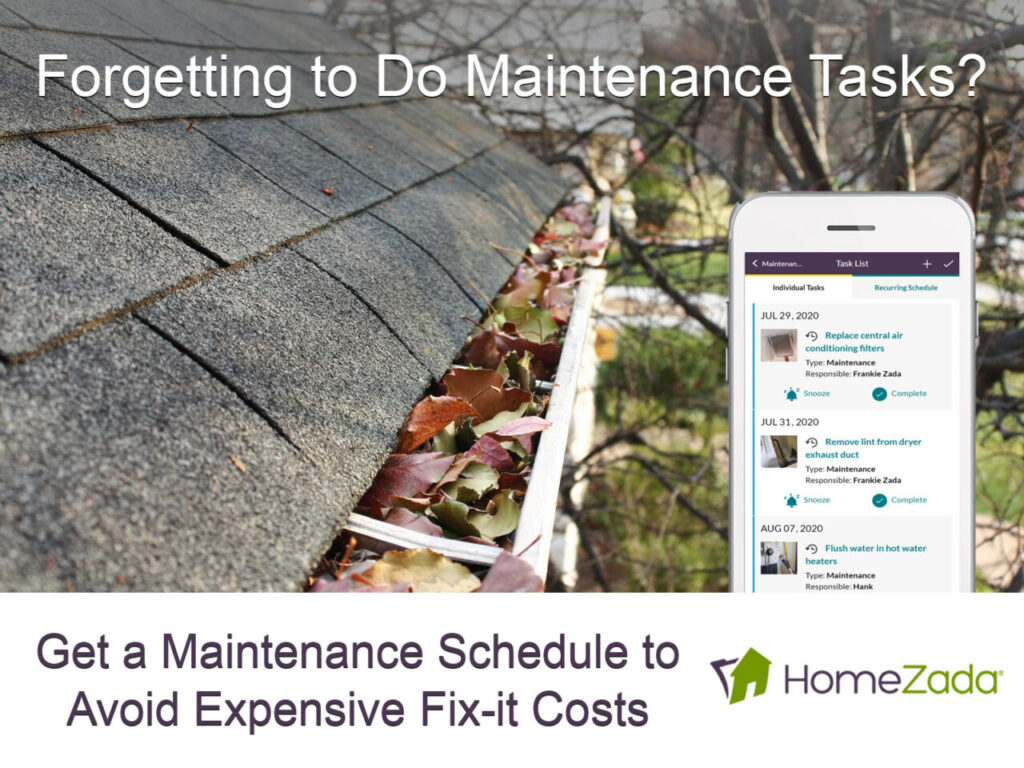Your first home.
You put so much into getting here. Now, you can paint every room in the house, let your dog lounge on the sofa and hang anything you want on your front door, and nobody can say anything about it (except your family!)
But as with many things in life, you’ve got to take the bad with the good.
Here, the “bad” could mean a leak springing up underneath your sink, or the hot water heater going out.
Now what?
Before, all you had to do was call the property manager, and they’d send someone over to take care of it.
But now, it’s all on you.
While we can’t always forecast when a home appliance or system will break down, we can lengthen their life with regular home maintenance.
If you’ve got – or can learn – these basic skills, you can resolve most of your home maintenance issues without the need to call in a pro.
1. Locating your water shut-off valve
Water can be a killer, so it’s important to know where and how to shut off the water access to your home when a leak is detected.
Also, if you plan to leave for an extended period, it’s easy to shut off the valve behind your washing machine. If a leak were to spring while you weren’t home, the water would run continuously, causing extensive damage.
As the adage goes, “an ounce of prevention is worth a pound of cure”.
2. Changing your air filters
If you’ve been renting all of your life, you probably never had to think about changing air filters. But as a homeowner, this is one of the easiest ways to ensure your HVAC system runs well and lasts as long as possible.
It’s commonly recommended to replace your air filters every three to six months – or more often if you have pets (30 to 90 days).
3. Turning off your gas
If you heat or cook with gas, do you know where the shut-off valve is? While you should always contact your gas company if you suspect you have a problem or you smell gas, it’s important to know how to turn off the gas yourself.
You’ll typically find the shut-off valve outside, near the meter. It will often require a crescent wrench to turn it off.
4. Adjusting the temperature of your hot water heater
Hot water heaters are commonly set at 140 degrees Fahrenheit when they come from the manufacturer, but a maximum of 120 degrees Fahrenheit is all that most households need.
When you reduce the temperature of your hot water heater, you:
- ⬥Can save as much as $10 to $30 per 10 degree reduction on your energy bill annually
- ⬥Extend the life of your hot water heater due to a slowing of corrosion and mineral buildup in the heater itself and pipes leading out from it
- ⬥Reduce the potential for scalding
5. Fixing a running toilet
Few things can be as annoying as a running toilet. Not only is the sound annoying, but the increase in your water bill can be very annoying too.
Most toilets run because of problems with the flapper, chain, or float. These problems are easily diagnosed and repaired. Keep in mind that the water inside the toilet tank is clean, so don’t be concerned about touching it.
6. Locating and using your electrical panel
Once you’ve moved into your home, check the breaker box to ensure that everything is clearly marked. If it’s not, take the time to turn on and off the switches and clearly label what circuits power what rooms.
But what if you lose power in one room and when you check, you don’t see any tripped breakers?
The power may be out at the outlet.
If you’ve ever seen those electrical outlets with a button, you might have wondered what that was. Known as a GFCI (ground fault circuit interrupter), these types of outlets are commonly used in kitchens and bathrooms because of their ability to shut off the power to them in the event water splashes into them.
If you lose power in an outlet and it has this feature, simply push the button and try using the outlet again.
7. Caulking when needed
Caulk is a simple but powerful way to prevent water from damaging different areas of your home.
Routinely inspect the caulking around windows, doors and tiles in your kitchen and bath and replace as needed.
You want a caulk that is flexible, waterproof, shrink proof and crackproof, so choose silicone over acrylic, as acrylic caulk will shrink and crack over time.
To replace any damaged or missing caulk, remove with a utility knife, then clean and dry the surface. Apply an even line of caulk with a caulking gun after cutting the tube’s nozzle into a desired bead size.
Then, use a wet finger to smooth the line.
8. Cleaning your gutters
Finally, cleaning your gutters.
Gutter clogs are no laughing matter. They can cause water to flow onto your house’s wood trim and siding, causing rot and eventually its replacement.
Ideally, gutters should be cleaned once a year, or twice if there are overhanging trees. You can clear your gutters yourself if you are comfortable on a ladder by dressing appropriately (wear long sleeves, gloves, or goggles and mask) and using a small garden shovel to remove the debris, followed by a thorough rinse with high pressure water.
Pay attention to clog-prone areas, mainly where the downspouts meet the gutters.
Tips for Creating a Home Maintenance Plan
5 Reasons Why Home Maintenance Matters So Much
3 Different Kinds of Home Maintenance and What These Mean to You


